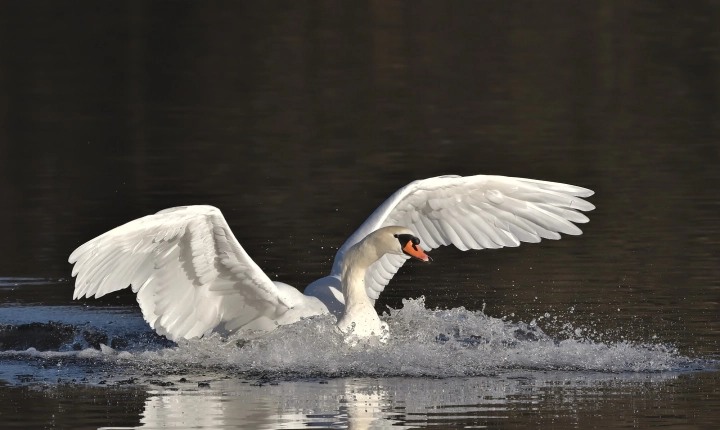Can AI Draw Me? Exploring the Intersection of Art and Artificial Intelligence
Art has long been considered a distinctly human endeavor, a form of expression that reflects our creativity, emotions, and unique perspective on the world. However, with the rapid advancement of technology, particularly in the field of artificial intelligence (AI), the boundaries of art creation are being redefined. One question that arises in light of these developments is, can AI draw me? In other words, can artificial intelligence create art that captures the human form and spirit?
The answer to this question is both complex and fascinating. AI has indeed been programmed to create visual art, including drawings of humans. One such example is the use of generative adversarial networks (GANs), a type of AI model that can generate realistic images of people, animals, and other subjects. These AI-generated drawings can be remarkably detailed and lifelike, blurring the lines between human and machine creativity.
However, the process of creating art using AI raises important questions about the nature of creativity and the role of the artist. Can AI truly capture the nuances of human expression, emotion, and experience in the same way that a human artist can? Does the act of creating art require a deep understanding of human consciousness and culture that AI lacks? These are some of the philosophical debates that arise when considering the intersection of AI and art.
Another aspect to consider is the ethical implications of AI-generated art. If AI can create art that is indistinguishable from human-created art, how should we evaluate and assign value to these creations? Should AI-generated art be considered on par with human art, or does it represent a different category of creative expression? These questions become particularly poignant in the context of the art market and the commodification of art.
Furthermore, the use of AI in art creation raises concerns about the displacement of human artists and the potential homogenization of artistic expression. As AI becomes more advanced in its ability to generate art, there is a risk that it may overshadow or even replace human creativity, leading to a loss of diversity and individuality in the art world.
On the other hand, some argue that AI can be a powerful tool for enhancing human creativity rather than replacing it. AI can be used to assist artists in the creative process, providing new tools and techniques that expand the possibilities of artistic expression. Additionally, AI-generated art can serve as a reflection of the technological advancements and cultural shifts of our time, offering a unique perspective on the intersection of humanity and machine.
In conclusion, the question “can AI draw me?” opens up a fascinating exploration of the evolving relationship between art and artificial intelligence. While AI has demonstrated its ability to create visually compelling drawings of the human form, the broader implications of AI-generated art raise important considerations about creativity, ethics, and the future of artistic expression. As we continue to navigate the impact of AI on art, it is clear that the intersection of human and machine creativity will continue to be a rich and complex subject of inquiry.
